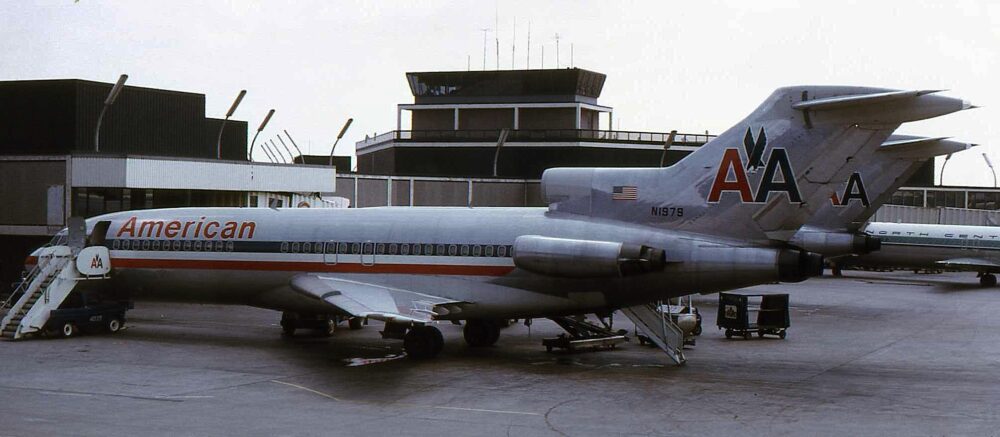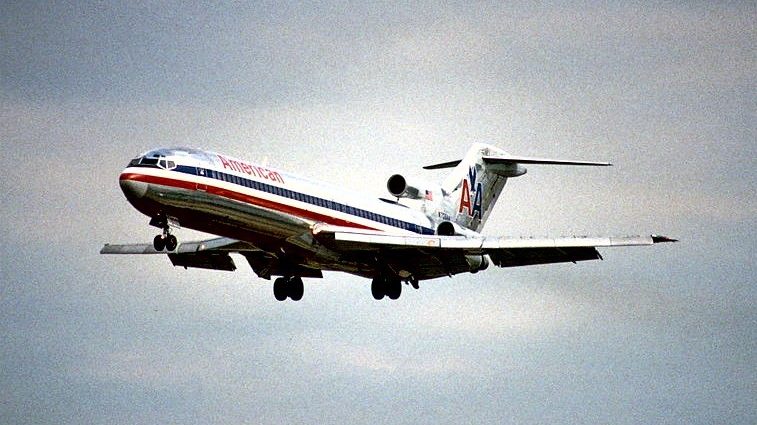Disappearing big planes are rare events as is the case with a Boeing 727-200 that departed from Luanda’s Quatro de Fevereiro Airport 18 years ago and was never seen again.

This is no ordinary disappearance. There are layers of complexity here. The Boeing 727-200 (registration N844AA) was leased to TAAG Angola Airlines but was grounded at the time owing to unpaid airport fees and other disputes. The men who took the aircraft were not certified to fly it. It was a rough and wild flying environment with poor regulatory oversight.
After the disappearance, the Boeing was considered stolen. The FBI and CIA were involved in the follow-up investigation. But even those well-resourced organizations found no trace of N844AA.
At the time of the disappearance, the aircraft’s owner, lessor Miami-based Aerospace Sales and Leasing Corporation was in the process of transferring the aircraft to the interestingly named IRS Airlines. That’s not a US Government airline with poor inflight service designed to transport tax dodgers to a federal prison somewhere. It was a very short-lived Nigerian airline.
Late in the afternoon of May 25, 2003 (18 years ago tomorrow), two men boarded the Boeing 727-200 at Luanda Airport. One was a US citizen and private pilot named Ben Padilla. The other was an Angolan named John Mutantu. Mr Padilla was a pilot but not certified to fly a Boeing 727-200. Mr Mutantu was his second officer. But, when you are taking an aircraft without permission, mere pieces of paper aren’t essential.
According to a comprehensive review of the disappearance, the men took the aircraft onto the runway without ATC clearance with all the lights and transponder off, and took off over the ocean. N844AA disappeared into the sunset.
A rackety old Boeing disappearing from an African airport might not normally arouse much interest in Washington DC. But this was two years after 9/11, and memories of weaponized aircraft were fresh in everyone’s memory.
“It was never clear whether it was stolen for insurance purposes by the owners, or whether it was stolen with the intent to make it available to unsavoury characters, or whether it was a deliberate concerted terrorist attempt. There was speculation of all three,” retired U.S. Marine General Mastin Robeson told Air & Space. General Robeson was the commander of U.S. forces in the Horn of Africa when N844AA went missing.
Before heading to Africa, N844AA was leased by American Airlines. The aircraft was old but immaculately maintained. Once in Africa, the Boeing became mired in a messy contractual dispute. Lease payments were missed, promises broken, and the crews poorly looked after.
By the time the aircraft disappeared, rough treatment had severely degraded it, but the engines were considered sound. The morning after N844AA mysteriously took off, alarm bells started ringing. It wasn’t automatically assumed the aircraft had crashed. There are a lot of long unpaved runways in Sub-Saharan Africa that could accommodate a Boeing 727. Theft and insurance fraud were also considered.
But a Boeing 727 is kind of hard to disappear long-term. Aircraft are not much use unless you can fly them, and there have been no ongoing reports of mystery Boeing 727s flying around Africa. Eighteen years down the track, most people connected with the aircraft – lessors, pilots, US Government officials, debtors, and other stakeholders, think the Boeing crashed in the ocean.
But with no trace ever found, the true fate of N844AA remains an enduring mystery.
(Credit-Simple Flying)


